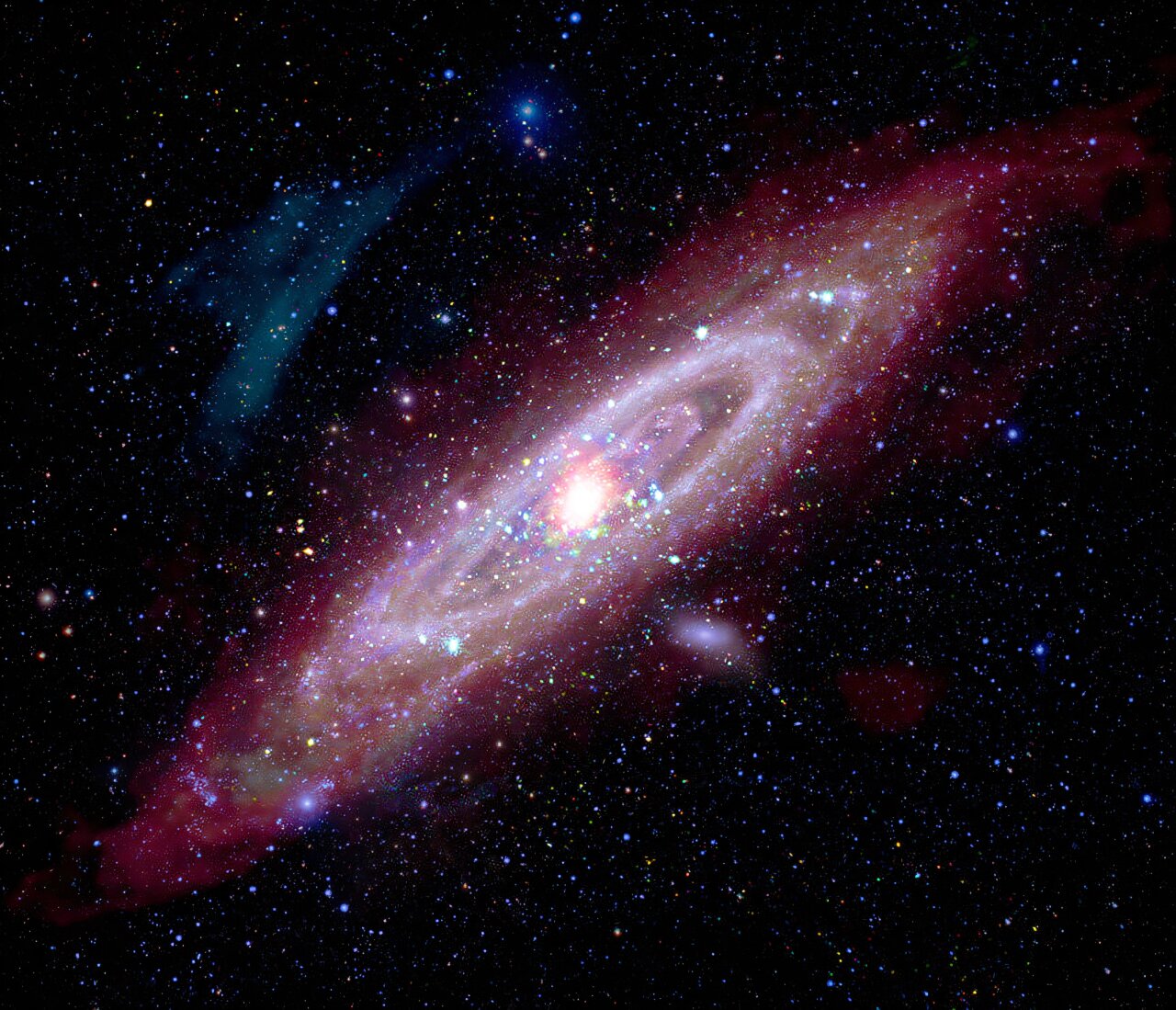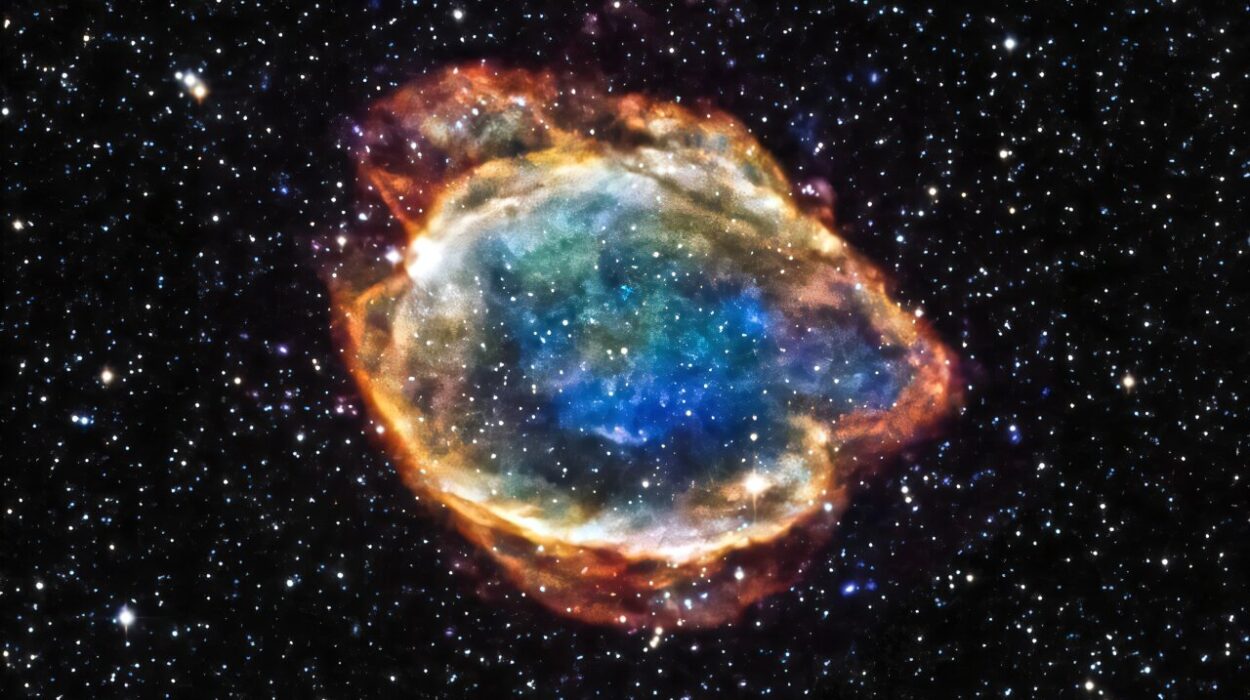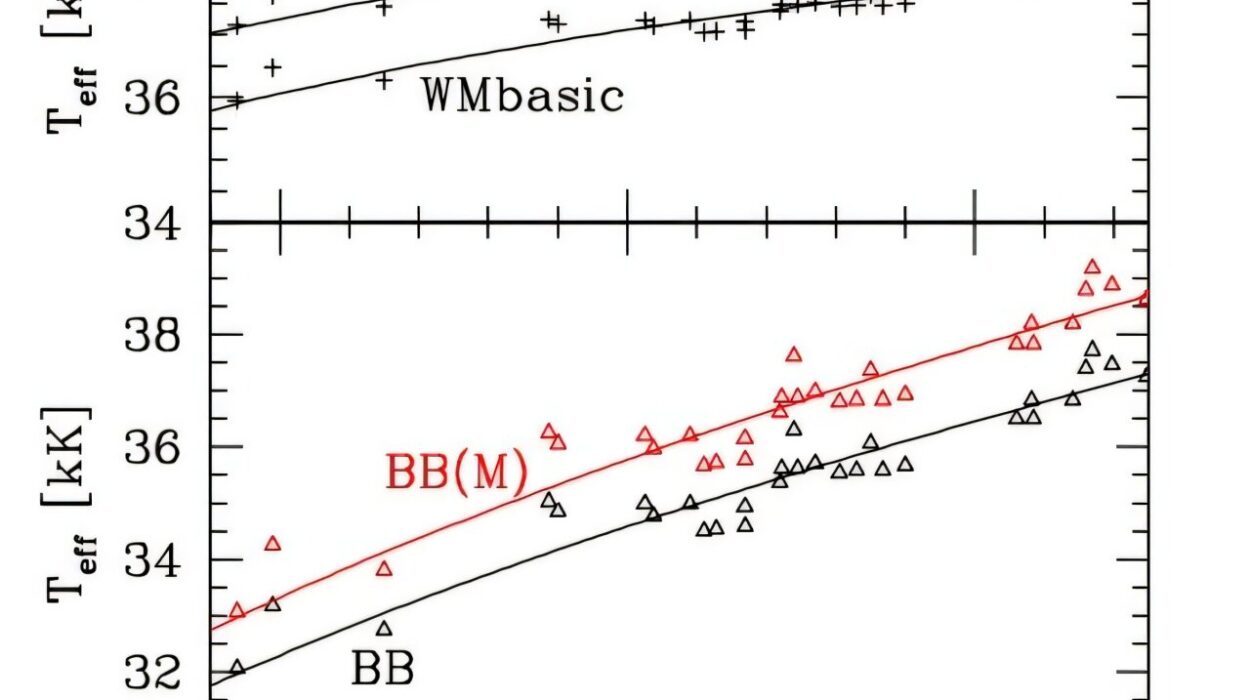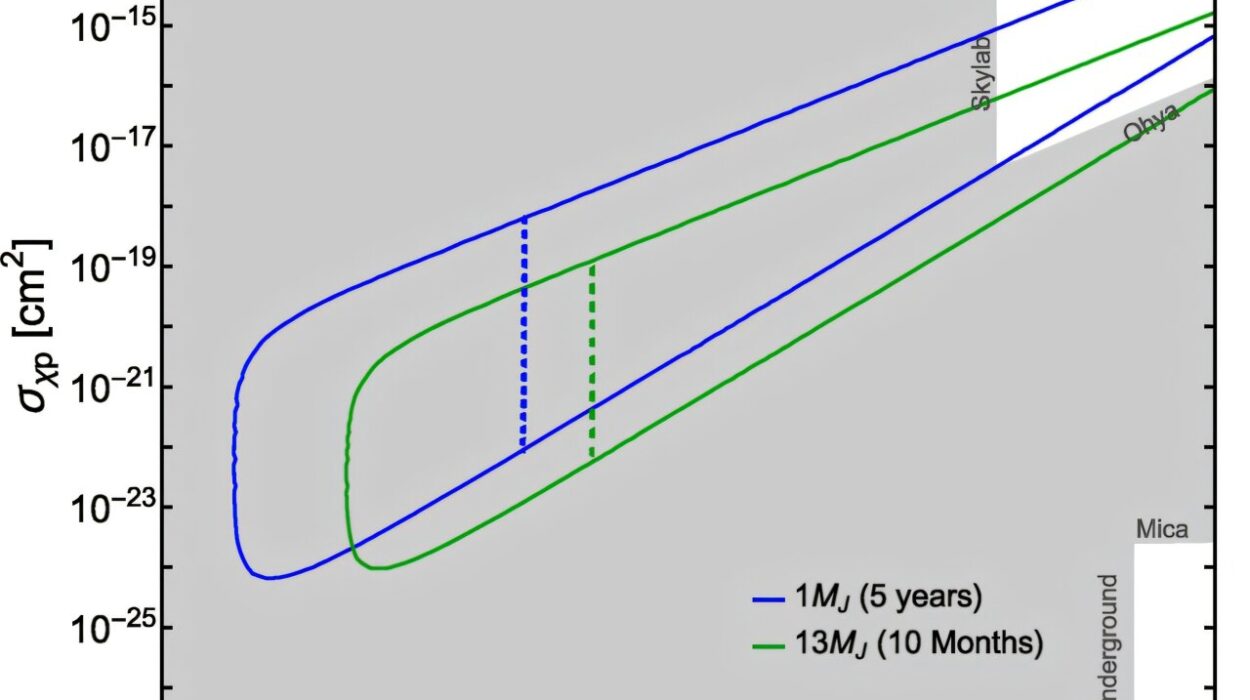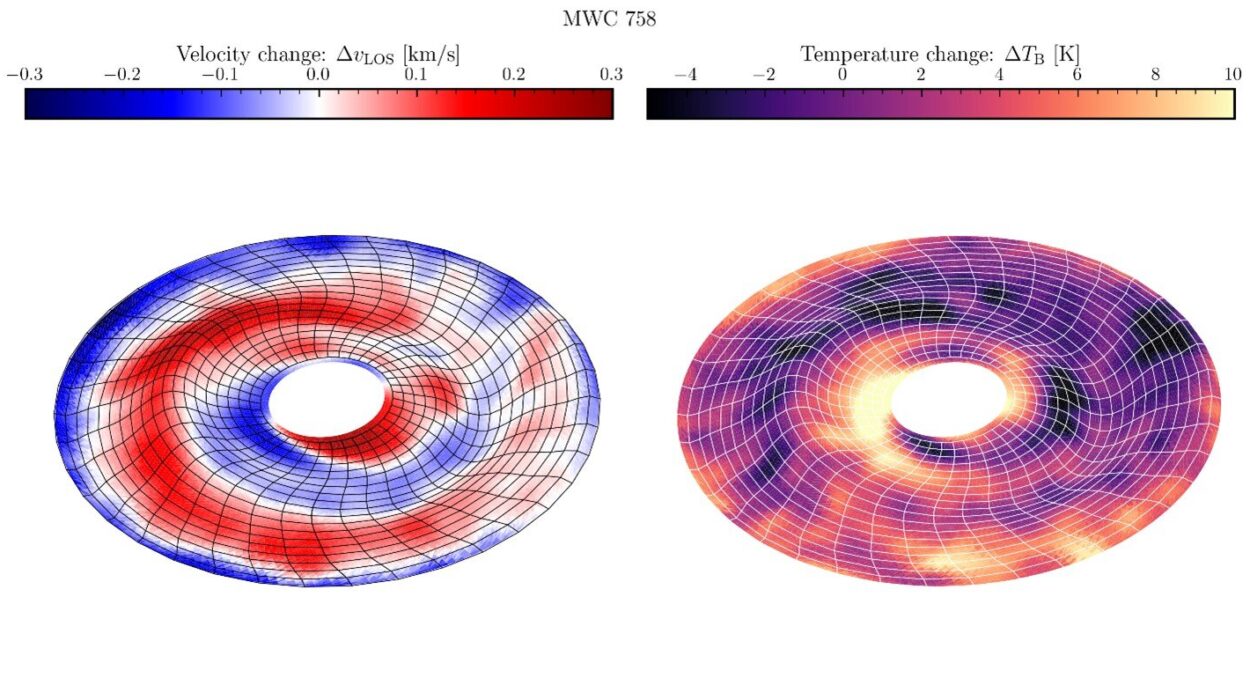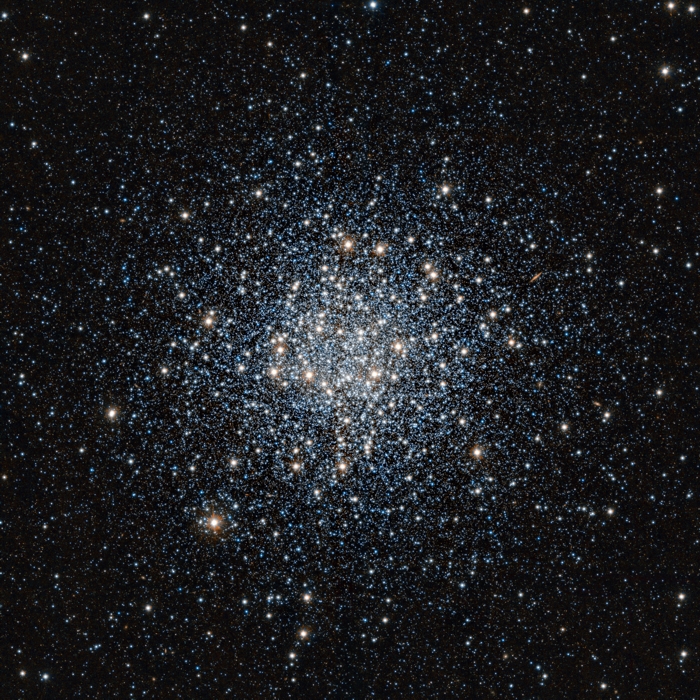In the vast stillness of space, just 2.5 million light-years away, a galaxy glows with quiet grandeur. It’s not just any galaxy—it’s Andromeda, our closest galactic neighbor, the twin sister of the Milky Way. For centuries, it’s been a beacon for stargazers and a silent witness to the evolving story of the cosmos. But now, thanks to an extraordinary fusion of cutting-edge telescopes and a symphony composed from starlight, Andromeda is singing in new ways—and it’s singing in honor of a woman whose legacy helped reshape the universe itself.
This newly released image of Andromeda—known to astronomers as Messier 31, or M31—is not just a visual marvel. It is a scientific love letter, a composite stitched together from the eyes of some of humanity’s most powerful observatories: X-rays from NASA’s Chandra X-ray Observatory and the European Space Agency’s XMM-Newton; ultraviolet glows captured by NASA’s retired GALEX mission; infrared hues from the now-silent Spitzer Space Telescope, IRAS, COBE, Planck, and Herschel; and the whispers of ancient radio waves recorded by the Westerbork Synthesis Radio Telescope.
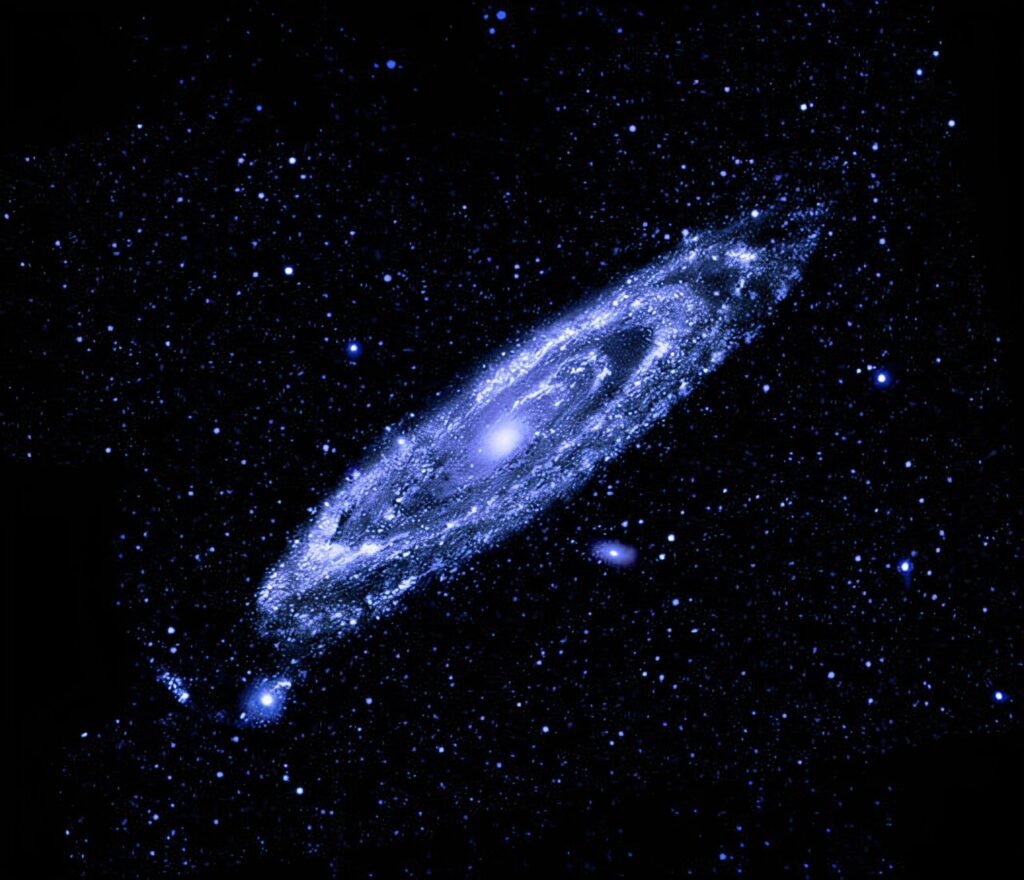
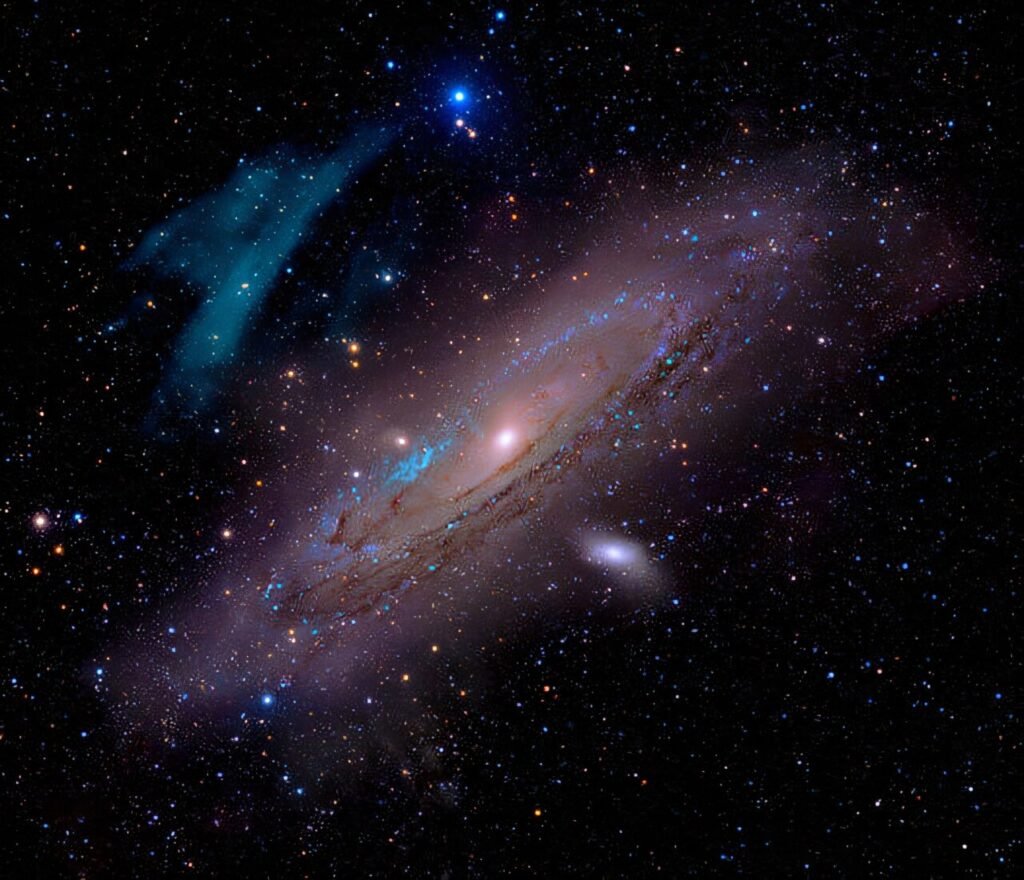
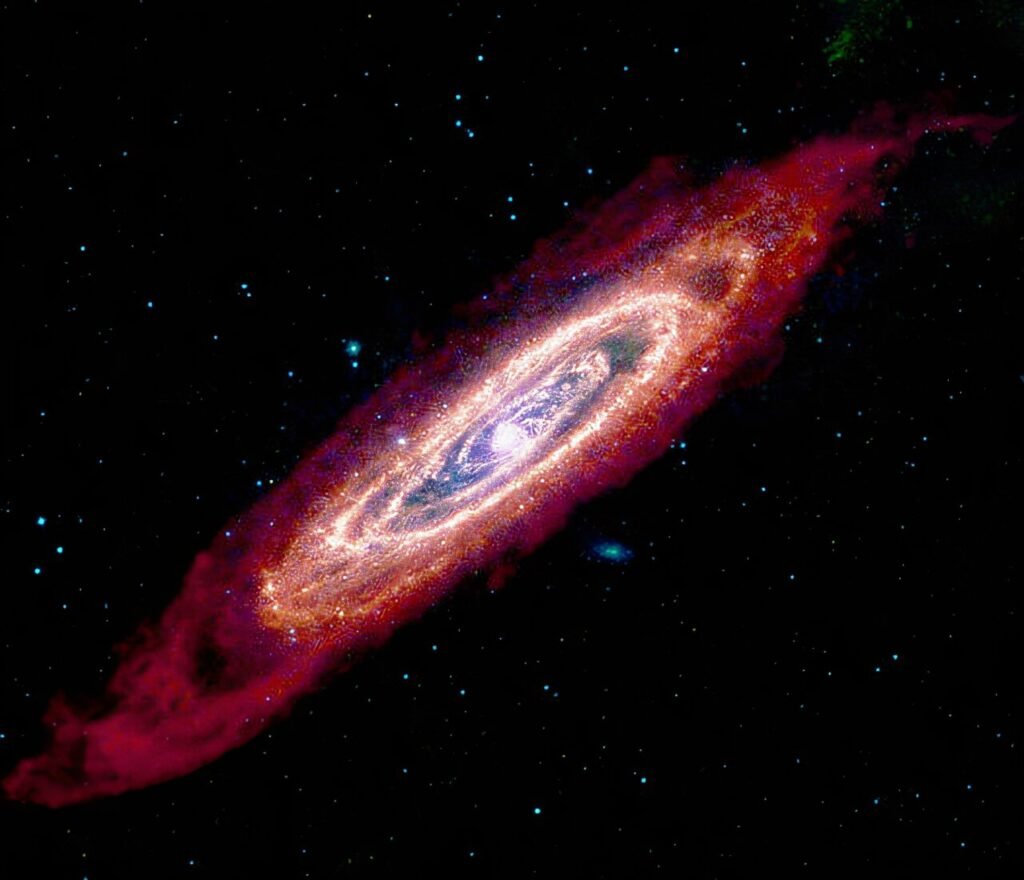
Each slice of the spectrum unveils a different story hidden within Andromeda’s spiral arms. Together, they form a multi-layered portrait of this galactic giant, one that feels more like poetry than pixels—especially when transformed into music.
Yes, you read that right. This latest dataset has been translated into sound.
The Universe, Scored Like a Symphony
The scientists behind this new composite haven’t stopped at light. They’ve also transformed the galaxy into sound, creating a haunting “sonification” that lets us hear Andromeda. Imagine scanning across the galaxy from left to right: X-rays, ultraviolet, optical, infrared, and radio data layered like notes on a cosmic staff. As the brightness of each feature changes, so does the volume. The higher a source lies in the image, the higher the pitch it sings.
This is not science fiction—it’s science as sensation. Through this process, viewers become listeners, and data becomes experience. It’s as if the galaxy is reaching out, not just through photons but through emotion, through music. The low hums of ancient stars and the sharp, bright notes of X-ray flares from black holes become a symphonic journey through one of the universe’s oldest neighbors.
But behind this magnificent composition lies a story grounded not in imagination, but in revolution.
The Woman Who Pulled Back the Veil
More than six decades ago, a woman named Vera Rubin looked into the swirling arms of this very galaxy and noticed something strange—something so world-shaking it would rewrite the laws of astrophysics.
In the 1960s, Rubin and her colleague Kent Ford were measuring the speed at which stars orbit the center of M31. According to Newtonian physics, stars farther from the center should move more slowly—like planets orbiting our Sun. But that’s not what they found. The stars on the outskirts of Andromeda were moving just as fast as those closer to the center.
That shouldn’t have been possible—unless something unseen was exerting a gravitational pull.
Rubin’s quiet, meticulous data sparked a scientific revolution. The only explanation that fit was the presence of vast amounts of invisible material surrounding the galaxy—what we now call dark matter. Andromeda, it seemed, was wrapped in an immense, transparent halo of gravitational force. And if this was true for Andromeda, it had to be true for the entire universe.
The universe was no longer made only of stars, gas, and dust. Most of it—perhaps 85%—was something else entirely. Something we couldn’t see. Something we still don’t fully understand.
Dark matter became one of the greatest mysteries in science, and Vera Rubin its quiet pioneer. She didn’t just discover a missing ingredient in the universe. She showed us that the universe was not what we thought it was.
A Telescope Named for a Legacy
Rubin’s impact echoes through every corner of modern astrophysics. Her discoveries laid the groundwork for decades of research into dark matter, cosmic structure, and the hidden scaffolding of galaxies. It’s fitting, then, that NASA’s upcoming Nancy Grace Roman Space Telescope, launching in the coming years, is designed in part to continue the hunt Rubin began—to map dark matter with unprecedented precision and bring us closer to answering what it truly is.
And now, the universe is honoring her in another, more earthly way.
As part of its 2025 American Women Quarters Program, the United States Mint has released a quarter featuring Dr. Vera Rubin. She is the first astronomer ever included in the series, a symbol of recognition for a woman whose work was often overlooked during her life, even as it altered the future of science.
The coin is small, but its meaning is vast. It’s a reminder that the biggest ideas can come from the quietest voices.
A Galaxy, Reimagined
The new composite image of Andromeda is a tribute, not just to Rubin’s legacy, but to the galaxy that helped her uncover it. In X-rays, we see the fierce radiation from the galaxy’s supermassive black hole and other exotic, compact objects. Chandra data reveals that M31’s black hole has flared in the past—one such event in 2013 shone brighter than usual, hinting at an outburst of high-energy particles. It’s a cosmic reminder that even the calmest faces hide stormy hearts.
In infrared, the dust lanes of Andromeda glow with heat from newborn stars—fiery nurseries sculpted by gravity. In ultraviolet, the youngest, hottest stars shine like electric blue sparks. And in radio wavelengths, we trace the ancient hydrogen that fuels the galaxy’s future.
Each wavelength is like a window into a different lifetime of the galaxy: its turbulent beginnings, its stable middle age, and its evolving future.
Andromeda is not just an object of curiosity. It’s a mirror—both literal and metaphorical. It helps astronomers understand our own galaxy, the Milky Way, which we cannot fully see from within. By studying M31, we study ourselves.
The Cosmos, Alive with Wonder
This isn’t just about images and data—it’s about vision. It’s about a universe once thought to be fully mapped that suddenly revealed its hidden continents. It’s about a young woman in a male-dominated field asking questions no one else was asking, and refusing to be dismissed.
It’s about the silence between stars, the invisible gravity that holds galaxies together, the music hidden in light, and the stories still waiting to be told.
This latest portrait of Andromeda is not the last. As technology improves and our questions deepen, new revelations will emerge. But the heartbeat of discovery will always carry the echo of Vera Rubin’s work—of how one galaxy, one set of unexpected measurements, and one woman’s determination transformed the night sky forever.
As we listen to the sounds of Andromeda, let us remember: we are not just hearing a galaxy. We are hearing a voice that dared to say, look closer. The universe is not what it seems.
And the greatest mysteries are still ahead.
